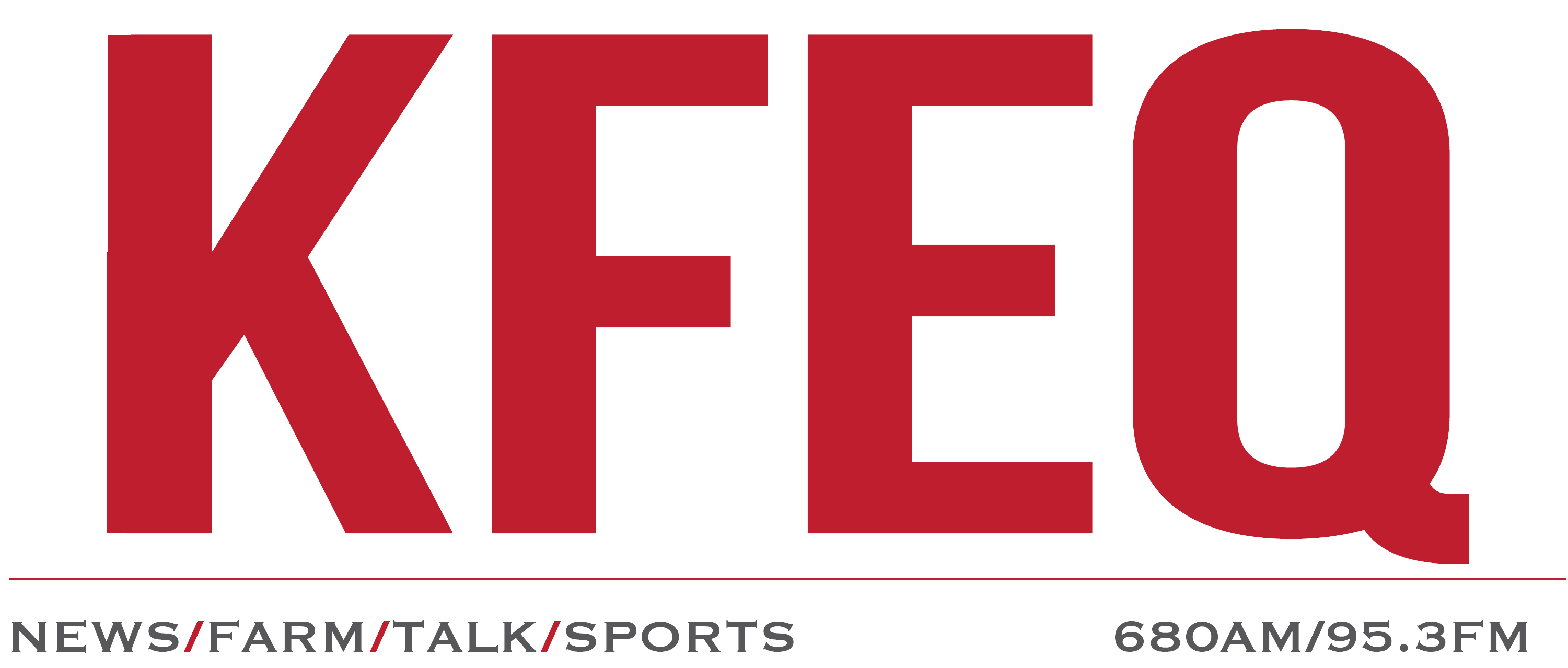[audio mp3="https://dehayf5mhw1h7.cloudfront.net/wp-content/uploads/sites/356/2024/04/30193009/WEB-CLOSING-MARKETS.mp3"][/audio]
CORN:
December corn ended unchanged at $4.88 1/2 Tuesday, staying near its highest close in three months after noncommercial short-covering contributed to four higher closes. Brazil's safrinha crop is enduring hot and dry conditions in May and we are starting to see the price of July corn on Brazil's Bovespa exchange begin to rise, trading at the U.S. equivalent of $4.98 . Here in the U.S., the western and central Plains experienced more severe weather Monday evening. The storm risk shifts to the area around the Ohio River Valley on Tuesday and Wednesday. Surplus moisture is already a threat to conditions in Illinois, Missouri and Ohio. Late Monday, USDA said 36% of the corn crop was planted, down from the five-year average of 39% for this time of year. There will be brief planting opportunities in limited areas the next 10 days, but the next round of rain is never far away. With U.S. planting limited by wet conditions and demand staying active, the trend in December corn is upward.
SOYBEANS:
November soybeans closed up 8 1/4 cents at $12.28 Tuesday as bearish noncommercials continue to respond to the latest reports of severe flooding in southern Brazil by covering short positions. It remains to be seen how much Brazilian harvest will be lost to this latest event. Reuters reported estimated losses of 2 million metric tons, but also emphasized it was too early to be confident. As producers know, soybeans don't fare well in wet harvest conditions and damage can come in many forms. Late Monday, USDA said 25% of U.S. soybeans were planted as of May 5, up from the five-year average of 21% for this time of year, in spite of recent rains. As mentioned for corn above, soybean planting opportunities may come in spurts the next couple weeks, dodging frequent chances for rain.
WHEAT:
July KC wheat was down over 20 cents early Tuesday, but found enough buying interest to finish down 11 1/4 cents at $6.64, down from Monday's new high close in 2024. July Chicago wheat ended down 6 cents at $6.42 3/4 with a line of showers crossing the eastern Midwest on Tuesday and more rain on the way Wednesday. Late Monday, USDA said 50% of the winter wheat crop was rated good to excellent, still better than last year's 29% rating. Kansas remains the state with the highest poor to very poor rating of 33%, but that is also much better than last year's 68% at this time. In spite of wet conditions in the eastern Midwest, SRW wheat states maintain high good to excellent ratings in the 70s, topped by 82% in Missouri.
USDA said 47% of the spring wheat crop was planted as of Sunday, well above the five-year average of 31% for this time of year. After several months of wheat prices held under bearish pressure, the price trends remain up for the July contracts of all three U.S. wheats. DTN's National HRW Index closed at $6.25 Monday, the highest close in seven months. DTN's National HRS Index closed at $6.95.




